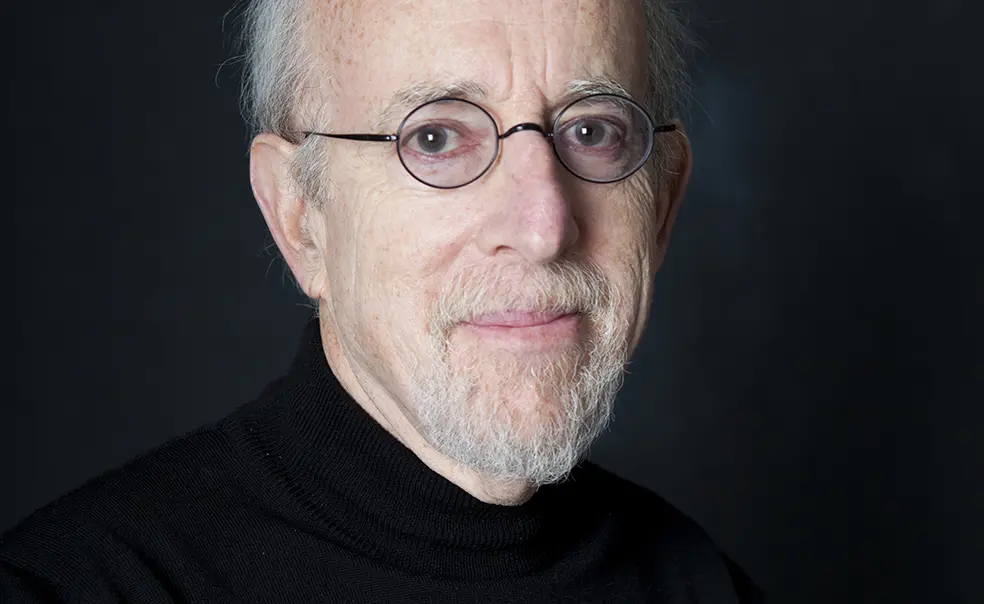In Beyond Bullying: Breaking the Cycle of Shame, Bullying, and Violence, Jonathan Fast ’70 explains that some researchers trace the roots of all criminal violence back to shame. Many agree that shame is an inborn emotion — one that once served an evolutionary purpose and continues to be a teaching tool, but that nowadays often has complex, even violent consequences.
Fast explores the idea that “the lion’s share of human misery is the result of shame that is misdirected, unidentified, or unacknowledged.” He adds, “We avoid naming shame and retreat from discussing it, as Harry Potter’s friends avoid mentioning Voldemort.” He argues that beyond its usual associations with childhood, shame remains a large part of adult life, even if it is no longer recognized explicitly as such.
Drawing on historical examples, case studies, and his own experiences as a mental-health clinician, he examines the role of shame in bullying, homophobia, suicides, domestic violence, and racism. In the final chapter, he offers “restorative practices” that might prove effective against bullying and other acts of shame. His goal is to equip readers with tools to deal with bullying, with the ultimate goal of moving to a place “where all people are equally valued and respected.”
Fast is an associate professor at Yeshiva University’s Wurzweiler School of Social Work. A former director of a children’s psychiatric hospital, he also is the author of Ceremonial Violence, as well as several novels.












No responses yet